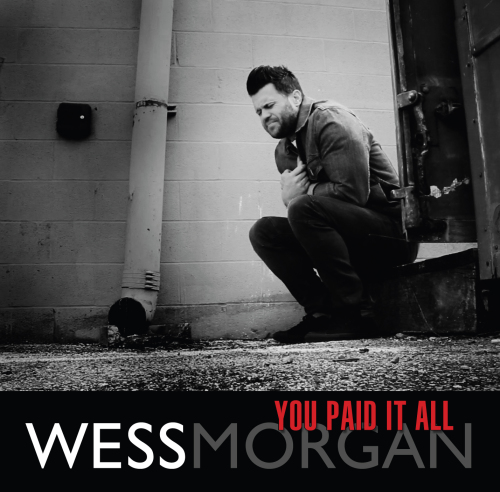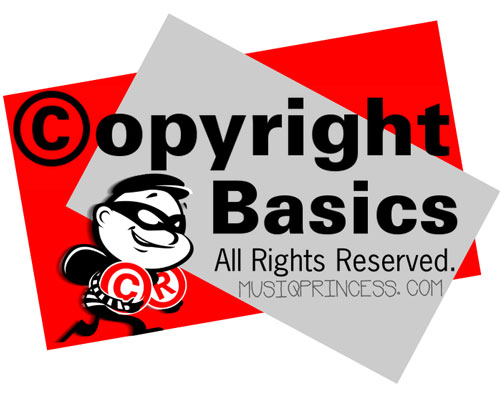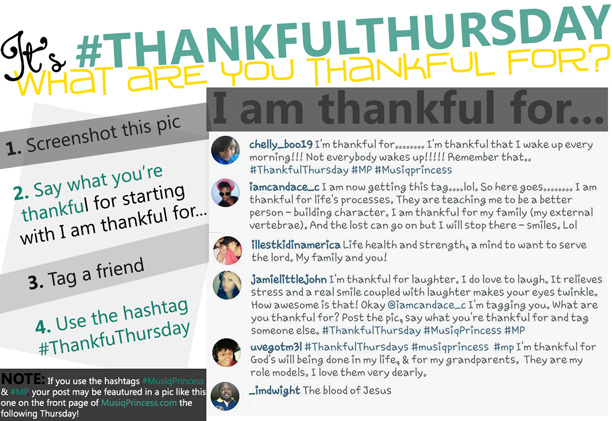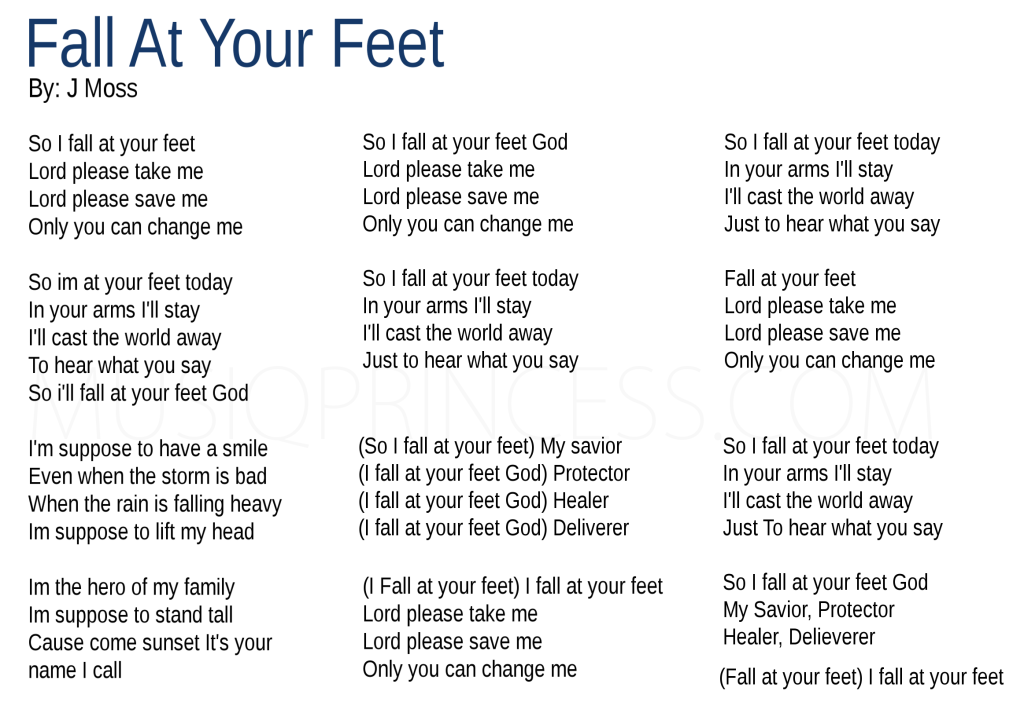You don’t know the difference between a bridge, unhealthy chorus, cheap hook or refrain? Don’t feel bad. At one point I didn’t know. I was writing and singing just to be doing so too.
It’s easy for some of us to identify what and where the chorus is in a song. For others, it leaves us debating with [insert name here] whether or not Kirk Franklin’s “I Smile” had a hook, chorus, refrain or all three.
All three of these song parts are and can be interchangeable. And though there are other building blocks to a song and songwriting, we’ll focus on these four for now.
The Chorus
The chorus is the overall message in the song. Think about a thesis for a paper. Your thesis expresses the purpose or main point of your essay just as a chorus would a song.
The chorus tells you what your song is about. So, it is expected of you to help the listener know exactly what you intend to prove in your song.
Although a refrain can be a chorus, or at least part of a chorus, a chorus can’t be a refrain. This is because a chorus is a group of several lines repeated throughout the song, unlike a refrain. For instance, let’s take a look at the chorus in ” I Smile” by Kirk Franklin.
This is the repeated part throughout the entire song. Here are the lyrics if you’d like to read along :
I smile, even though I’m hurt see I smile,
I know God is working so I smile,
Even though I’ve been here for a while
I smile, smile..
it’s so hard to look up when you look down.
I sure would hate to see you give up now
You look so much better when you smile, so smile.
Also, the chorus is the part of the song that you will most likely remember if you can’t remember the verses.
Refrain Please
Just like the chorus, the refrain is also repetitive. What make the refrain different from the chorus is how many lines it contain. A refrain normally has no more than two lines. It can also be part of the verse or chorus that is repeated at points throughout the song and is often using the main lyrical hook/title.
Wait, what? In some cases, titles are placed as part of the refrain or is a line that is repeated at the end of every verse. Listen to the first verse in “1 On 1” by Zacardi Cortez.
Zacardi sung the refrain (which is also part of the title) I need a one on one in the verse. If you continue to listen to the song you will hear him singing the words I need a one on one in the chorus.
Here are the words to give you a better visual. The words in bold are what is considered the refrain. Remember, the refrain is usually at the end of the verse and is no more than two lines that repeats itself.
I, I just need my one on one time with you.
With no, no interruptions I just want it to be me and you
I need a one on one
I just need a one on one, with you
Hook Em’
If you want to catch more fish, use more hooks -George Allen, Sr.
Well said George! If you know what it takes to catch a fish, then you understand the purpose of a hook in songwriting —to catch the audience.
Again, the hook is simply what it is… a hook. Its purpose is to get your attention. Compare it to a fisherman catching fish. Except in this case, it’s used to get the song stuck in your head.
Successful songs are known for having a catchy hook.Look at all the popular songs that are out today. Why are they so popular? Because they’re catchy.
Hooks do have standard locations of where they should be placed within a song, however, occasionally hooks appear within a pre-chorus or a bridge. But normally the most successful locations are within a refrain or chorus.
Looking at the bold words in “I Smile”by Kirk Franklin, we can see that the hook is not only the title, but is also in the chorus.
I smile, even though I’m hurt see I smile,
I know God is working so I smile,
Even though I’ve been here for a while
I smile, smile…
it’s so hard to look up when you look down.
I sure would hate to see you give up now
You look so much better when you smile, so smile.
If you can’t remember the entire chorus to a song, you’ll be sure to remember the hook. Even if that means singing the words like I Smile confidently, then mumbling the rest of the words. What does that mean? The hook has done its job—hooked you.
Bridging The Gap
Think about a bridge and its purpose. It is the connecting or transitional phase between two adjacent elements —the same as in a song.
In a song, the bridge connects the first and last part of the song. Like how the Mississippi River Bridge connects a part of Memphis and Arkansas.
The bridge (in a song) brings a new element to the song by introducing a contrast. In other words, the music and/or lyrics will have a different sound. You get the same message from the song, just in a new way. Let’s look at the bridge in ” I Smile”.
The bridge sounds completely different from the rest of the song, but your still singing about the same thing, smiling.
All in All
Identifying these elements of a song can be tricky. However, you’re able to learn the purpose the bridge, chorus, hook and refrain serve individually, it’ll be easier to identify one from another.It’ll also save you time debating with [insert name here].
.
(released May 20, story 2014). The lyrics are extremely powerful reminding us the punishment Jesus went through just so that we can have everlasting life.

was released in 2007. Morgan, won BMI Gospel song of the year for his song titled “I Choose To Worship”
featured on his second project Under An Open Heaven: Volume 1
.





 Whether you are a musician,
Whether you are a musician, 
